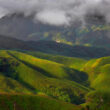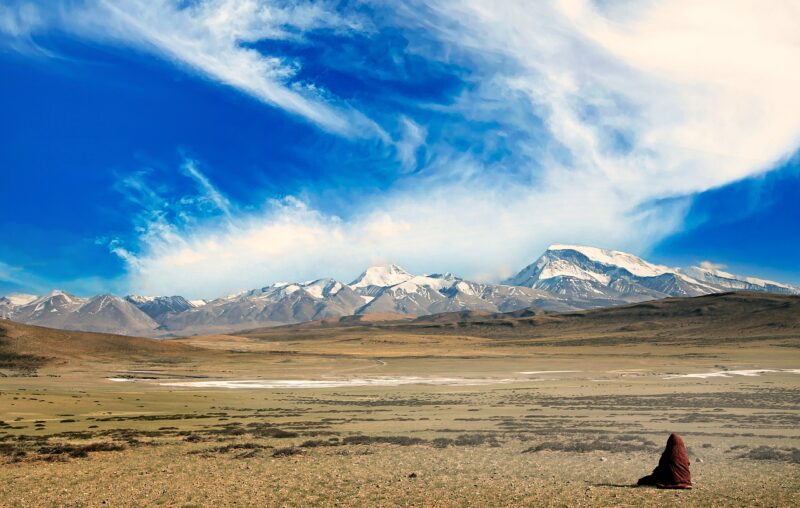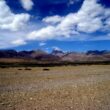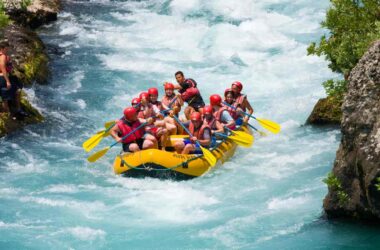Altitude sickness, also known as acute mountain sickness (AMS), is a common condition that occurs when individuals ascend to high altitudes too quickly. Kailash Mansarovar, located in the Himalayan region, is a breathtaking destination attracting pilgrims and adventure seekers. However, the high altitude poses risks of altitude sickness. In this article, we will explore the causes, symptoms, and effective management strategies for altitude sickness in Kailash Mansarovar.
Table of Content
- What is Altitude Sickness?
- Symptoms of Altitude Sickness
- Risk Factors
- Preparing for the Journey
- Managing Altitude Sickness
- Medications and Treatments
- Natural Remedies
- Hydration and Diet
- Acclimatization Process
- Safety Measures
- Coping with Altitude Sickness
- When to Seek Medical Help
- Conclusion
- Frequently Asked Questions
What is Altitude Sickness?
Altitude sickness is a condition caused by the reduced availability of oxygen at higher altitudes. As individuals ascend to elevations above 8,000 feet (2,400 meters), the air pressure decreases, leading to lower oxygen levels. This can result in various symptoms ranging from mild discomfort to severe complications.
Symptoms of Altitude Sickness
Altitude sickness can manifest in different ways, and its symptoms may vary from person to person. Common symptoms include headaches, nausea, dizziness, fatigue, shortness of breath, loss of appetite, and disturbed sleep patterns. Recognizing these symptoms is crucial for timely intervention and management.
Risk Factors
Several factors increase the risk of developing altitude sickness. These include a rapid ascent without proper acclimatization, a history of altitude sickness, underlying medical conditions, and individual susceptibility. Understanding these risk factors allows for better preparation and prevention of altitude sickness.
Preparing for the Journey
Before embarking on a journey to Kailash Mansarovar, adequate preparation is essential to mitigate the risk of altitude sickness. This includes physical fitness, hydration, proper clothing, and understanding the itinerary. Pre-trip planning and medical consultations are vital to ensure a safe and enjoyable experience.
Managing Altitude Sickness
When visiting high-altitude destinations like Kailash Mansarovar, it is crucial to be aware of effective management strategies for altitude sickness. This section will explore various approaches, including medications, natural remedies, hydration, and diet adjustments. These measures can help alleviate symptoms and improve overall well-being at high altitudes.
Medications and Treatments
Certain medications can be prescribed to prevent or manage altitude sickness. Acetazolamide, a diuretic, is commonly used to aid acclimatization. Other medications, such as dexamethasone and ibuprofen, may be prescribed for specific cases. However, it is important to consult with a healthcare professional before taking any medication.
Natural Remedies
In addition to medications, several natural remedies can assist in managing altitude sickness symptoms. These may include herbal supplements, such as ginkgo biloba and Rhodiola rosea, which are believed to enhance oxygen circulation and alleviate symptoms. However, their effectiveness varies, and it is recommended to consult a healthcare provider before using them.
Hydration and Diet
Staying hydrated is crucial at high altitudes to combat the effects of dehydration and aid acclimatization. It is recommended to drink plenty of fluids, preferably water, and avoid excessive alcohol and caffeine consumption. Additionally, maintaining a balanced diet rich in carbohydrates can provide the necessary energy for the body to cope with altitude.
Acclimatization Process
Acclimatization is the body’s process of adjusting to high altitudes. It involves allowing sufficient time for the gradual ascent, taking rest breaks, and engaging in light physical activity. Adequate acclimatization is crucial to minimize the risk of altitude sickness and ensure a safe and enjoyable journey.
Safety Measures
To enhance safety and reduce the risk of altitude sickness, it is important to follow certain precautions. These include monitoring weather conditions, traveling in groups, practicing proper hygiene, avoiding tobacco and alcohol, and being aware of early warning signs. These safety measures contribute to a successful and memorable experience in Kailash Mansarovar.
Coping with Altitude Sickness
Despite preventive measures, altitude sickness can still occur. This section explores coping strategies for managing altitude sickness, such as resting, descending to lower altitudes, breathing exercises, and practicing self-care. Knowing how to respond to altitude sickness can make a significant difference in alleviating symptoms and ensuring well-being.
When to Seek Medical Help
In certain cases, altitude sickness can progress to more severe forms, such as high-altitude cerebral edema (HACE) or high-altitude pulmonary edema (HAPE). It is crucial to be aware of the warning signs and seek immediate medical assistance if symptoms worsen or persist despite conservative measures. Prompt medical attention can prevent further complications.
Conclusion
Altitude sickness is a significant concern when traveling to high-altitude destinations like Kailash Mansarovar. By understanding the causes, symptoms, and effective management strategies, individuals can enjoy their journey while minimizing the risks associated with altitude sickness. Adequate preparation, acclimatization, and adherence to safety measures are key to a safe and enjoyable experience.
Similar Articles
- Tips for Trekking in Kailash Mansarovar
- Kailash Yatra: A Spiritual Journey of a Lifetime
- Guide to Kailash Trek: Discover Adventure and Spirituality
- Discover the Majestic Beauty of Kailash Mansarovar
Frequently Asked Questions
Is altitude sickness a common occurrence in Kailash Mansarovar?
Altitude sickness is a common occurrence in Kailash Mansarovar due to its high altitude. The region sits at elevations above 15,000 feet (4,500 meters), and the reduced oxygen levels can cause altitude sickness in individuals who are not adequately prepared or acclimatized.
How long does it take to acclimatize to high altitudes?
The time required for acclimatization to high altitudes varies from person to person. Generally, it is recommended to spend at least 2 to 3 days at intermediate altitudes before reaching higher elevations. This allows the body to gradually adjust to the reduced oxygen levels and minimize the risk of altitude sickness.
Can altitude sickness affect anyone, regardless of their physical fitness level?
Yes, altitude sickness can affect anyone, regardless of their physical fitness level. Even individuals who are physically fit and have previously experienced high altitudes can still be susceptible to altitude sickness. Proper acclimatization and adherence to safety measures are essential for everyone.
Are there any long-term effects of altitude sickness?
In most cases, altitude sickness symptoms subside once individuals descend to lower altitudes or acclimatize properly. However, in rare cases where severe forms of altitude sickness, such as high-altitude cerebral edema (HACE) or high-altitude pulmonary edema (HAPE), occur and are not promptly treated, there can be potential long-term health consequences. Seeking immediate medical help is crucial to prevent such complications.
What should I do if I experience symptoms of altitude sickness during my journey?
If you experience symptoms of altitude sickness, it is important to take immediate action. Resting, hydrating, and descending to lower altitudes are often the initial steps to alleviate symptoms. If symptoms worsen or persist despite these measures, it is recommended to seek medical help from a healthcare professional or the designated medical facilities in the area.
Can altitude sickness be prevented?
While altitude sickness cannot be completely prevented, there are steps you can take to reduce the risk. Proper acclimatization, gradual ascent, staying hydrated, and following safety measures significantly decrease the chances of experiencing altitude sickness.
Are there any age restrictions for visiting Kailash Mansarovar due to altitude sickness?
While there are no specific age restrictions, it is important to consider the physical fitness and health conditions of individuals, especially the elderly and young children, before embarking on a journey to Kailash Mansarovar. Consulting with a healthcare professional is advisable to assess individual suitability.
Can I continue my journey if I experience mild altitude sickness symptoms?
It is generally recommended to take immediate action and address altitude sickness symptoms appropriately. If symptoms are mild and subside with rest and conservative measures, it may be possible to continue the journey after proper rest and acclimatization. However, it is crucial to monitor the symptoms closely and prioritize personal safety.
Are there any alternative routes or transportation options available to reduce the risk of altitude sickness?
In some cases, alternative routes or modes of transportation, such as helicopters or land routes with lower altitudes, may be available. These options can help individuals reach Kailash Mansarovar with less exposure to higher altitudes, reducing the risk of altitude sickness. Consulting with travel operators or local authorities can provide more information.
Can I prepare myself for altitude sickness in advance?
Yes, it is possible to prepare yourself in advance for altitude sickness. Engaging in regular aerobic exercises, improving cardiovascular fitness, and practicing breathing exercises can help strengthen your body’s ability to cope with reduced oxygen levels. Additionally, consulting with healthcare professionals and following their recommendations can contribute to better preparedness.









